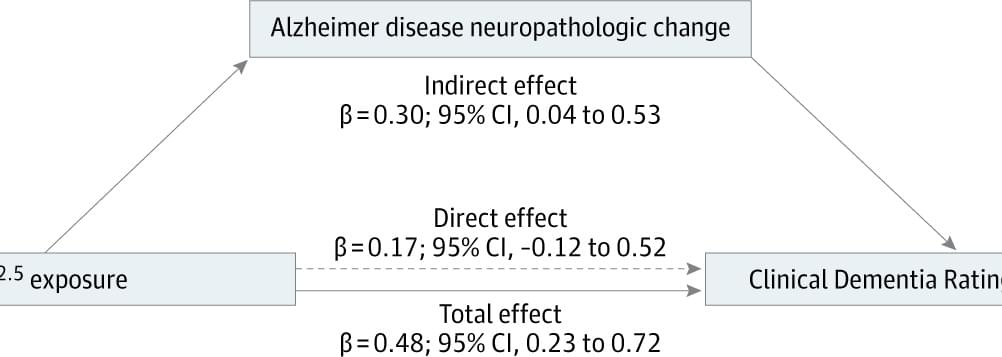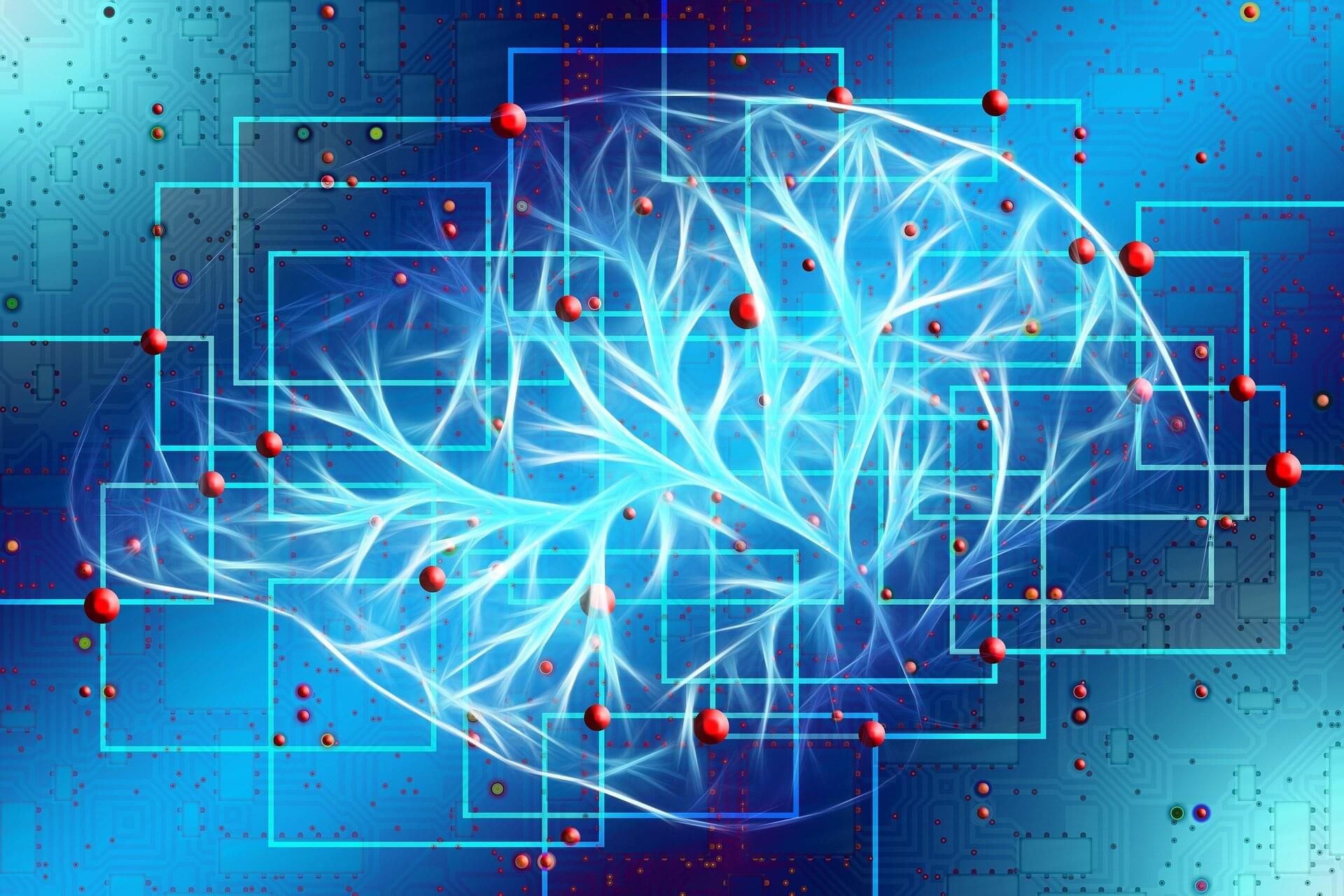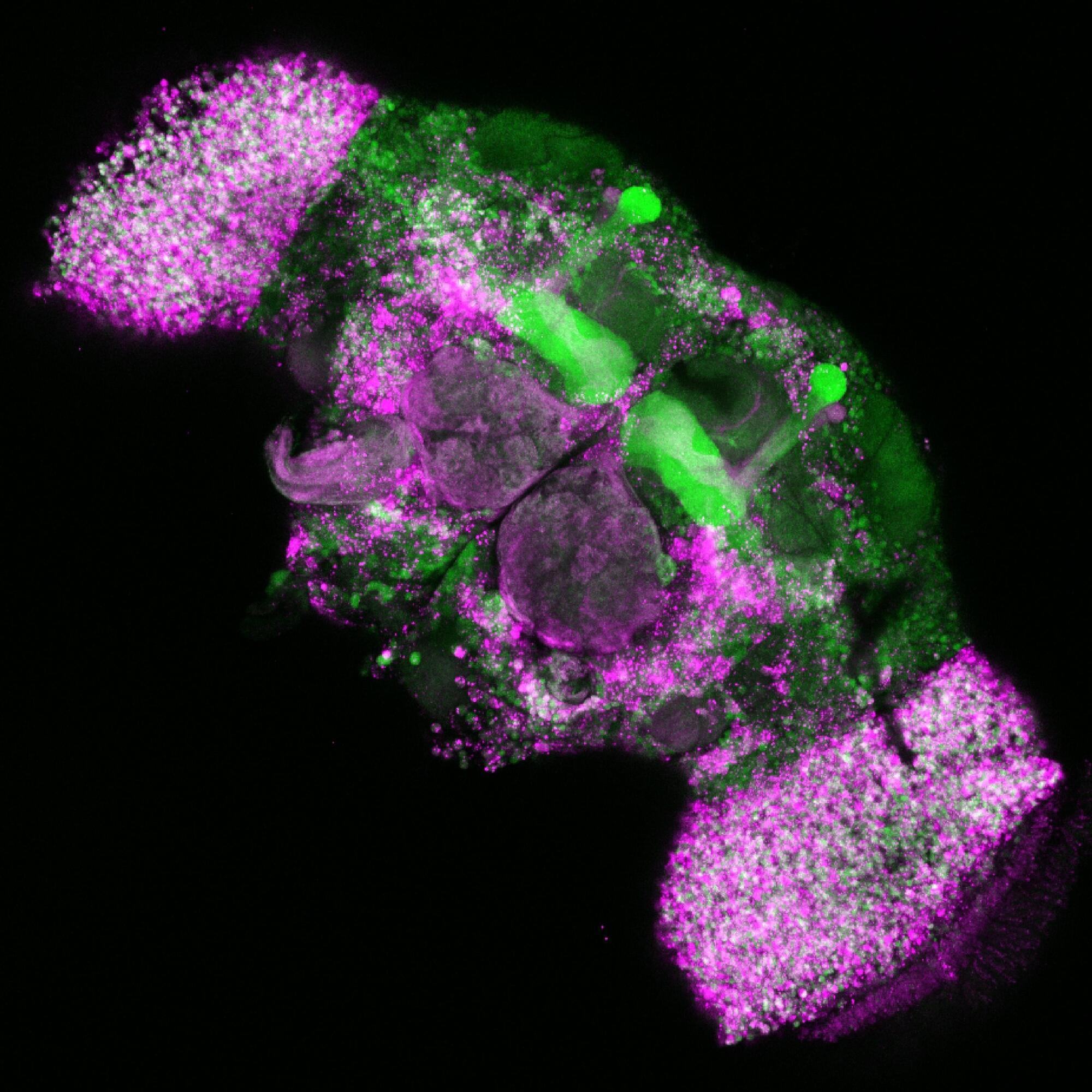Higher levels of fine particulate matter air pollution was associated with increased dementia severity and increased Alzheimer disease neuropathologic change.
Importance Exposure to fine particulate matter air pollution (PM2.5) may increase risk for dementia. It is unknown whether this association is mediated by dementia-related neuropathologic change found at autopsy.
Objective To examine associations between PM2.5 exposure, dementia severity, and dementia-associated neuropathologic change.
Design, Setting, and Participants This cohort study used data associated with autopsy cases collected from 1999 to 2022 at the Center for Neurodegenerative Disease Research Brain Bank at the University of Pennsylvania. Data were analyzed from January to June 2025. Participants included 602 cases with common forms of dementia and/or movement disorders and older controls after excluding 429 cases with missing data on neuropathologic measures, demographic factors, APOE genotype, or residential address.








